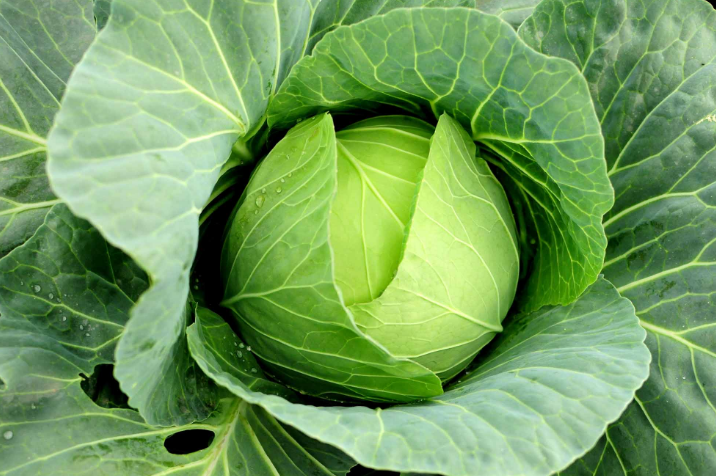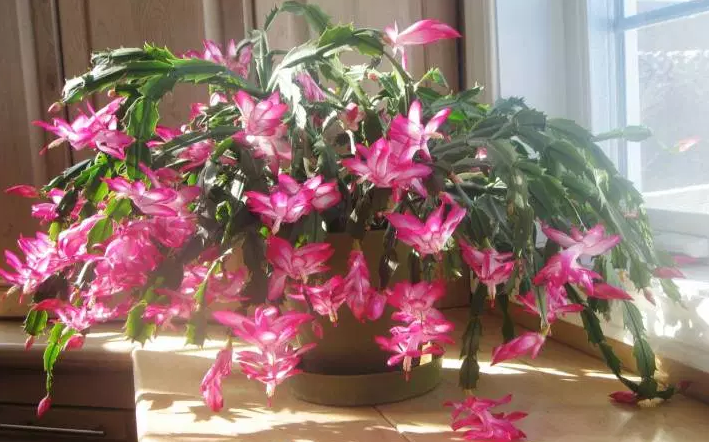The term short day plants describes plants that begin flowering when the days are shorter than their critical day length. For a short-day plant to bloom there must be less than 12 hours of daylight. Common Examples of short day plants include: Chrysanthemums, Poinsettias, Christmas cactus, Rice, Green Gram, Soybean, Marijuana, Jowar and Cotton among others.
On the other hand, long day plant describes plants that begin forming flower buds when the days are longer than their critical day length. Long day plants require about eight hours of darkness to start flowering. Common examples of long day plants include: Lettuce, Foxglove, Hibiscus, Petunias, Wheat, Berly, Oat and Carnation among others.

Difference Between Short Day And Long Day Plants In Tabular
| BASIS OF COMPARISON | SHORT DAY PLANTS | LONG DAY PLANTS |
| Description | Short day plants are plants that require a long period of darkness. They form flowers only when day length is less than about 12 hours. If exposed to more than 12 hours of light per day, bloom formation does not occur. | Long day plants are plants are plants that require long light hours and short darkness hours before blooming. These plants require much less darkness to begin the process of flowering. |
| Alternative | Short day plant can also be referred to as long-nigh plant. | Long-day plant can also be referred to as Short-night plant. |
| Flowering | Short day plants do not flower if the critical dark period is interfered by a flash of light. | Long day plants are stimulated for flowering when the dark period is interfered by a flash of light. |
| Period Of Flowering | The short day plant often flowers in early spring autumn. | The long day plant often flowers in spring early summer. |
| Common Examples | Common Examples of short day plants include: Chrysanthemums Poinsettias Christmas Cactus Rice Green Gram Soybean Marijuana Jowar Cotton | Common examples of long day plants include: Lettuce Foxglove Hibiscus Petunias Wheat Berly Oat Carnation |
| Gibberellic Acid (GA) | Gibberellic acid does not induce flowering in short-day plants. | Gebberellic acid does induce flowering in long-day plants |
| Inducement Of Flowering | Flowering in short-day plants is not induced in case the plants are subjected to short light and short dark periods. | Flowering in long-day plants is not induced in case plants are exposed to short light period with still shorter dark period. |
